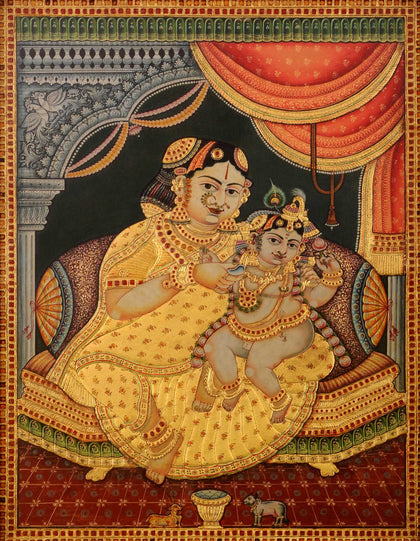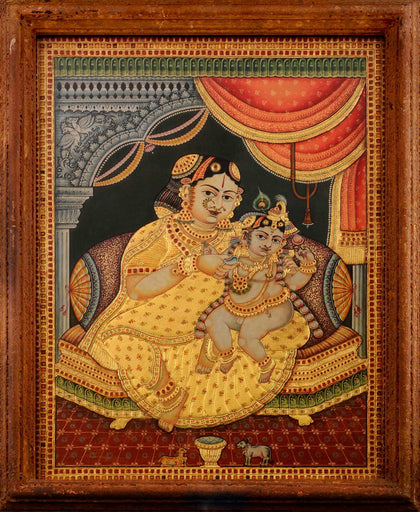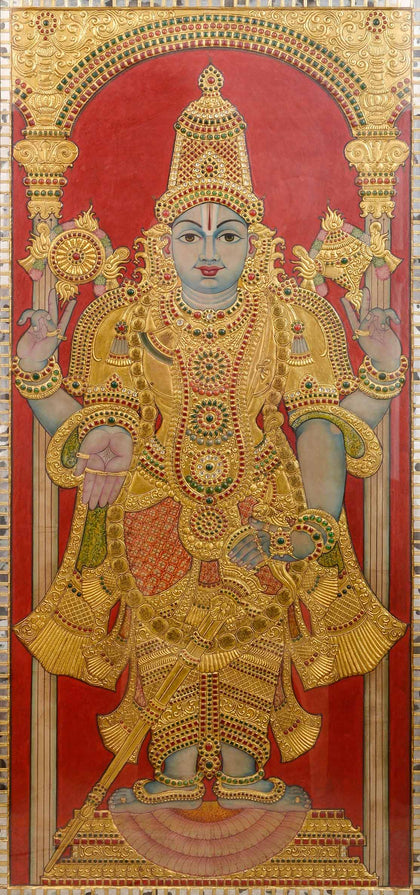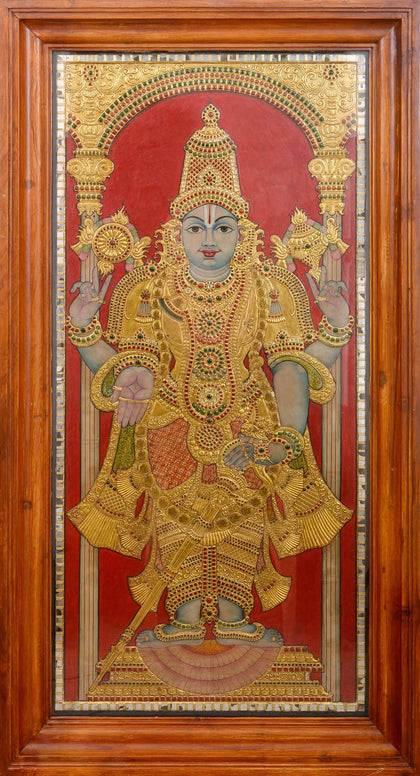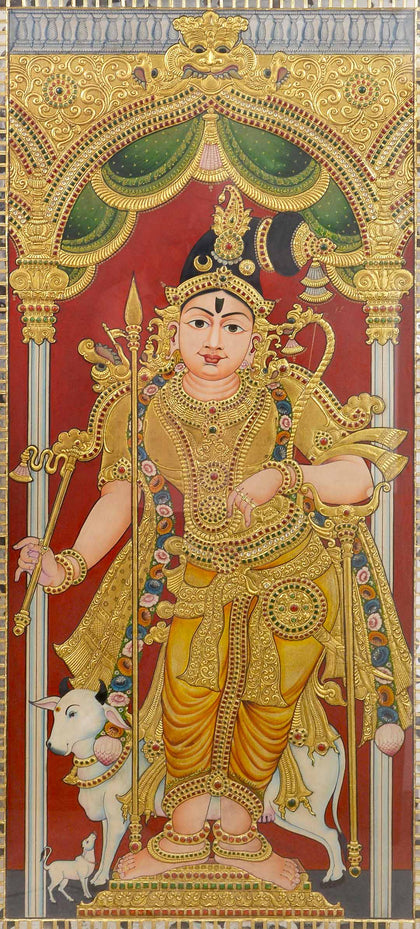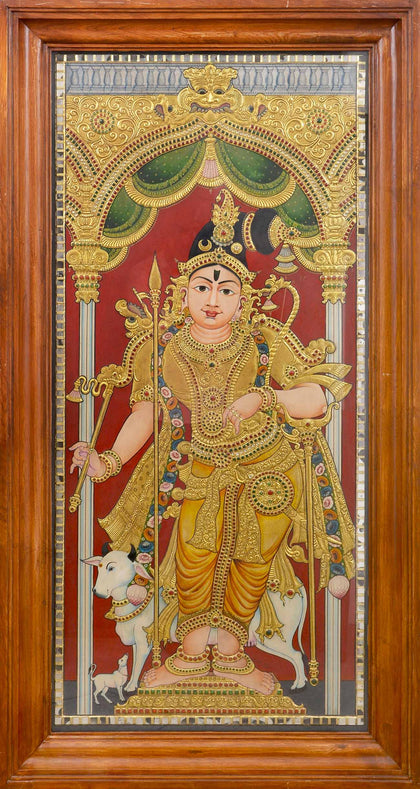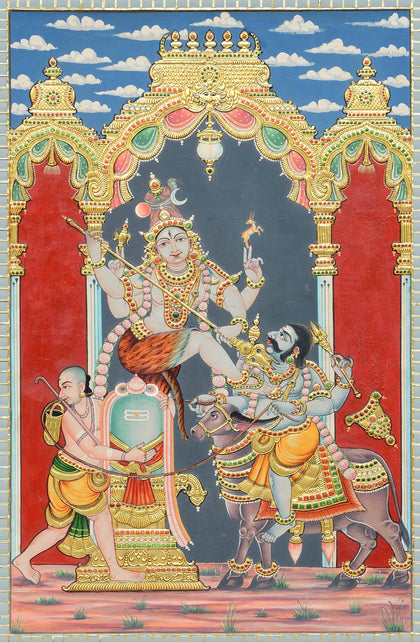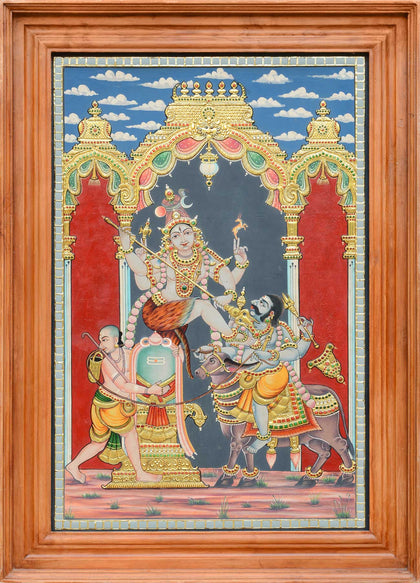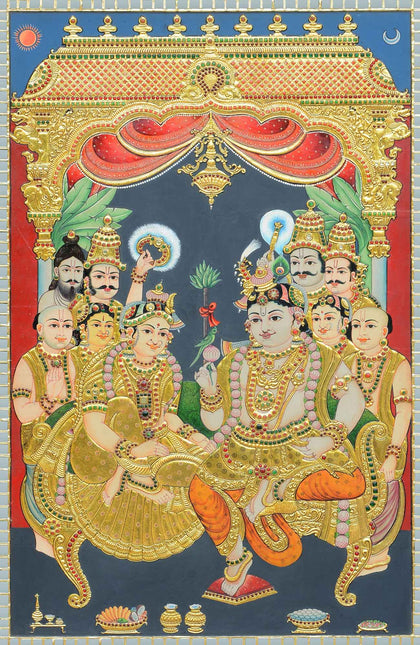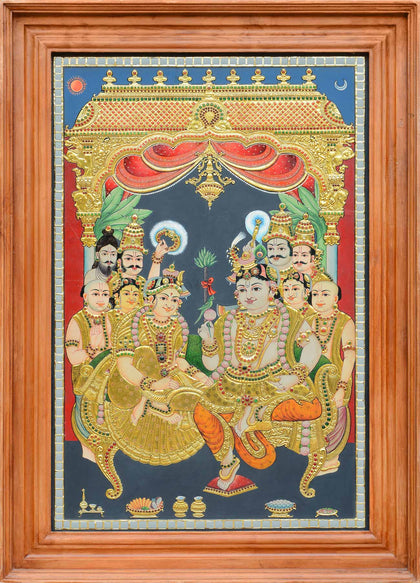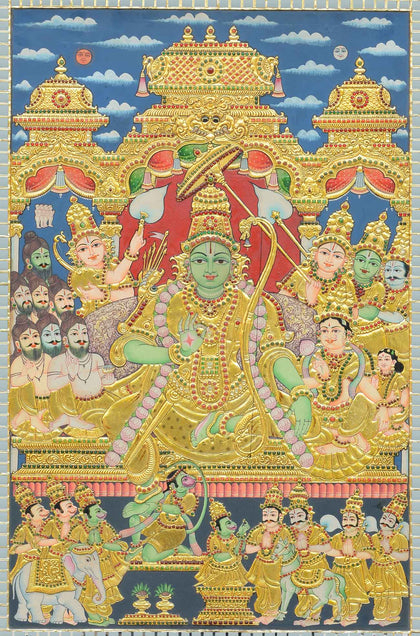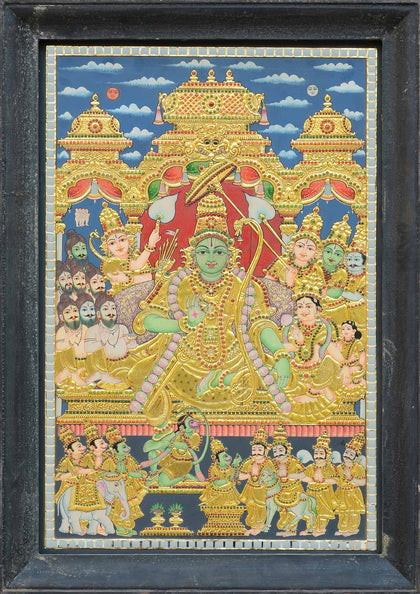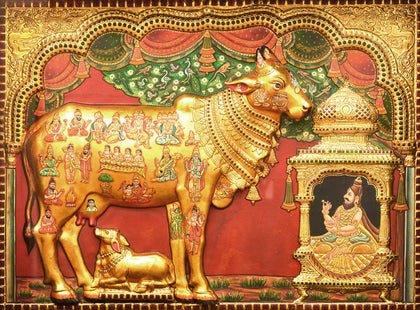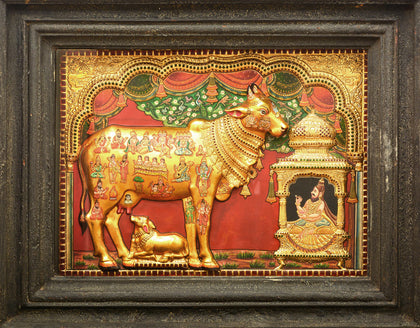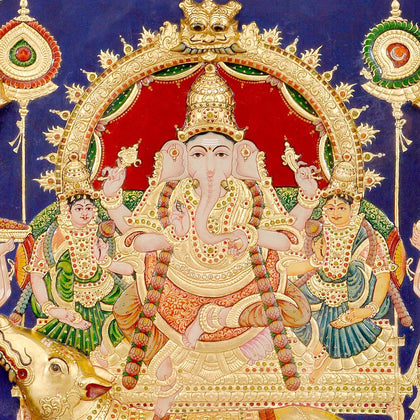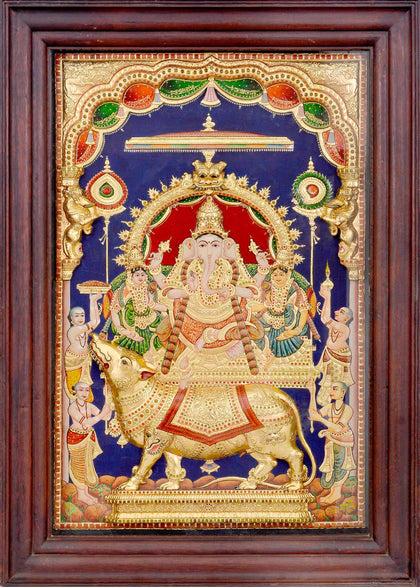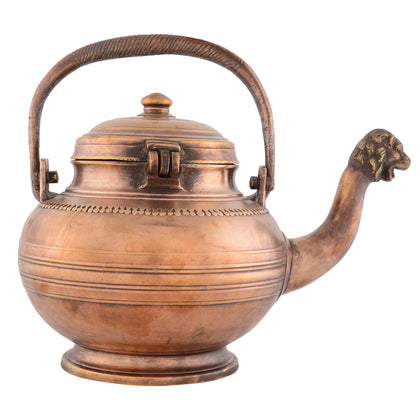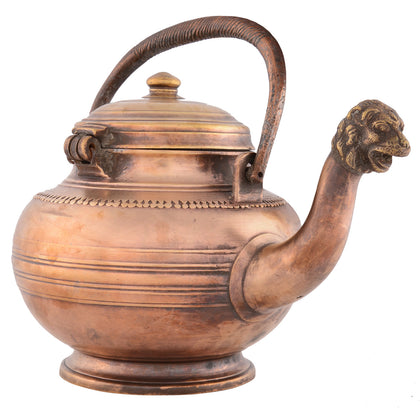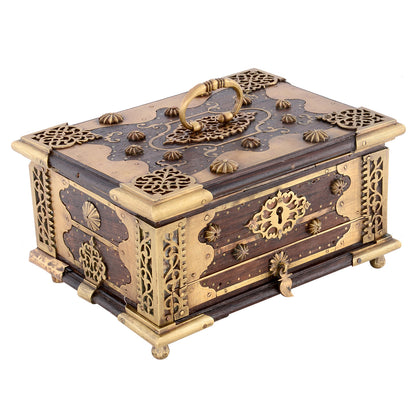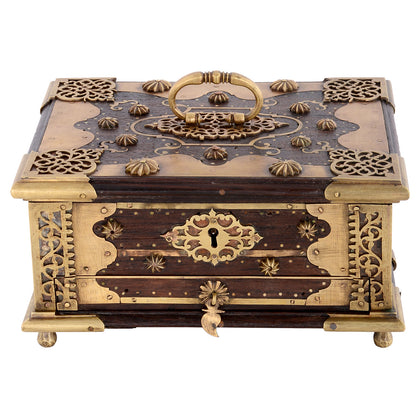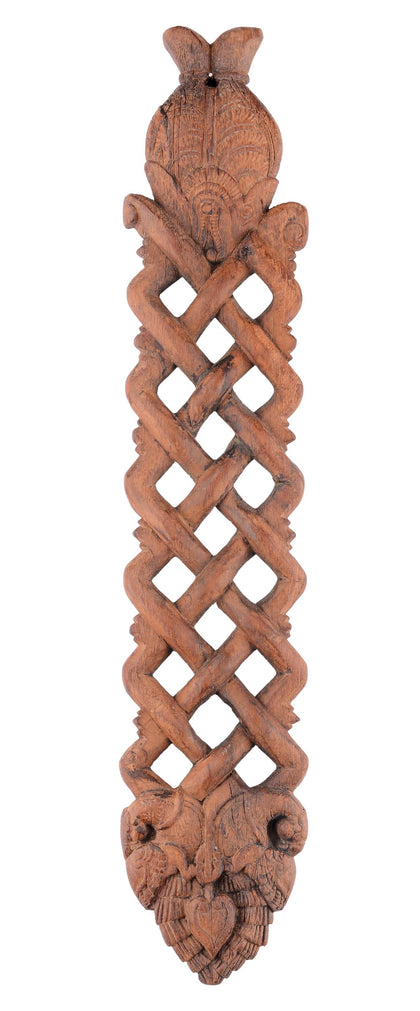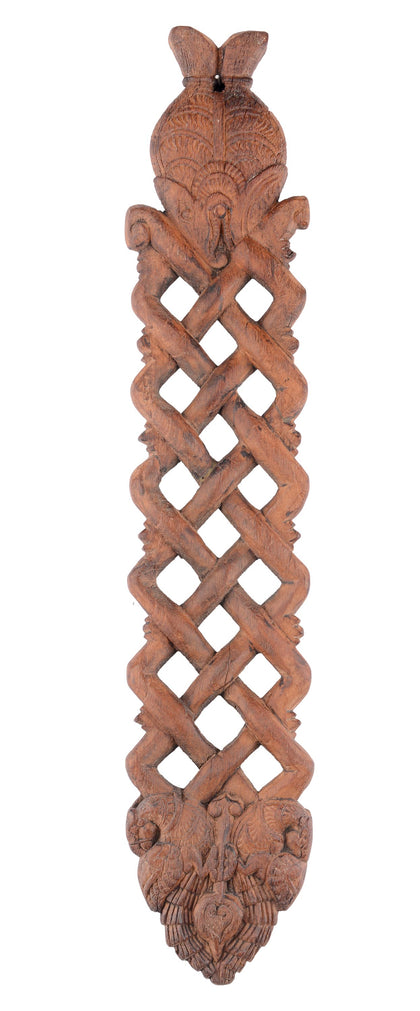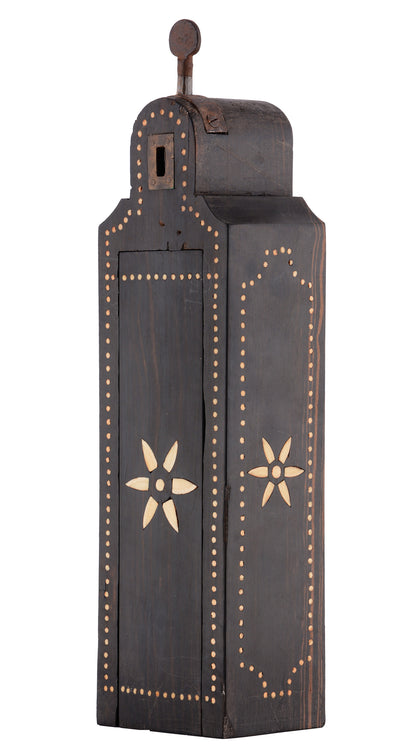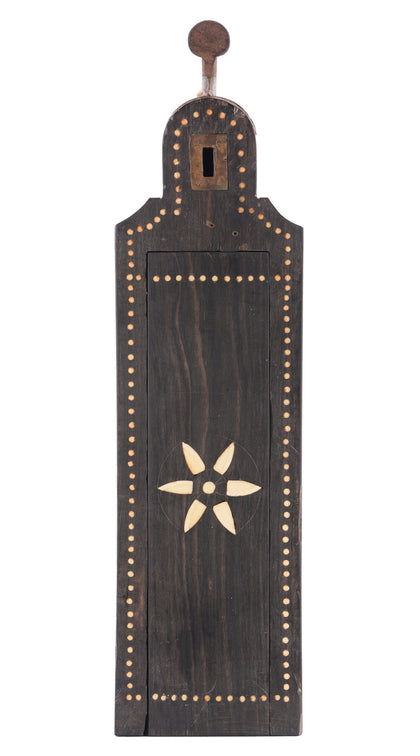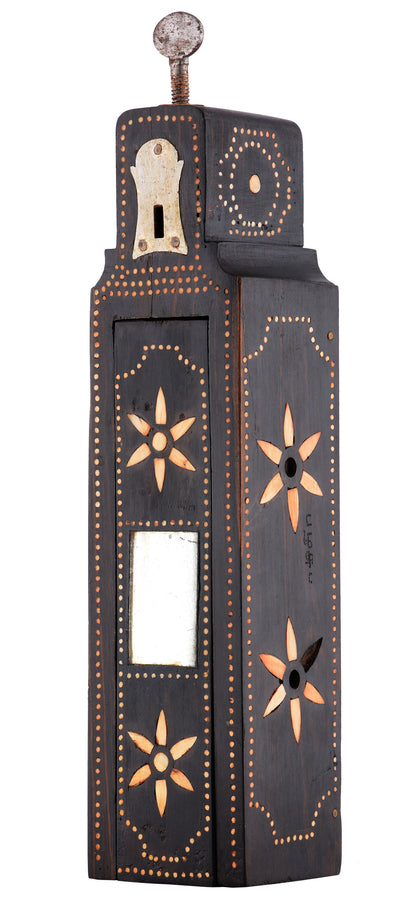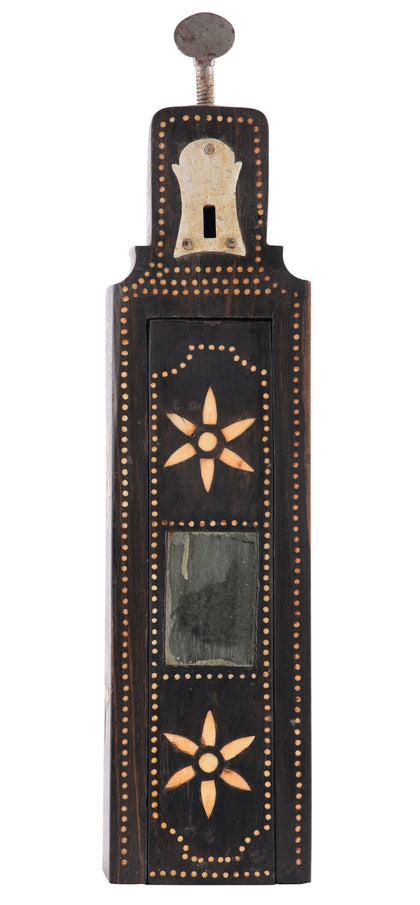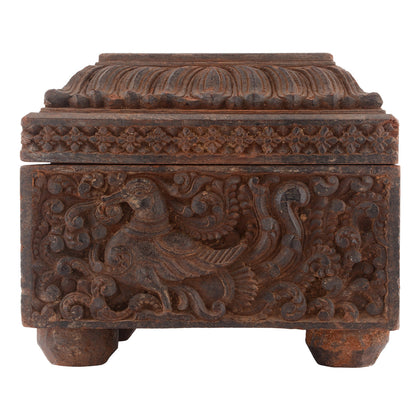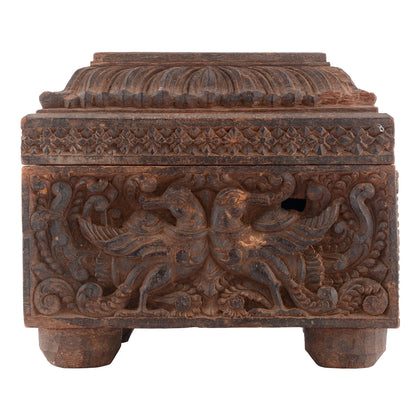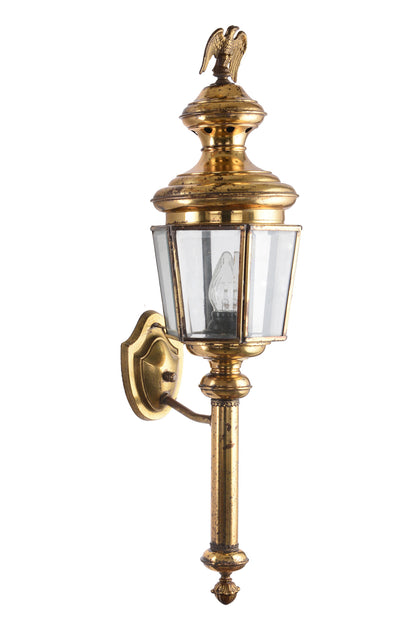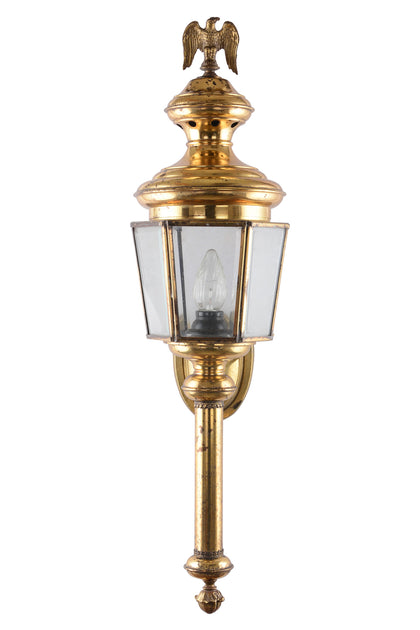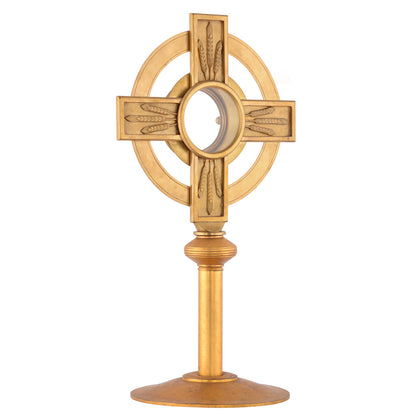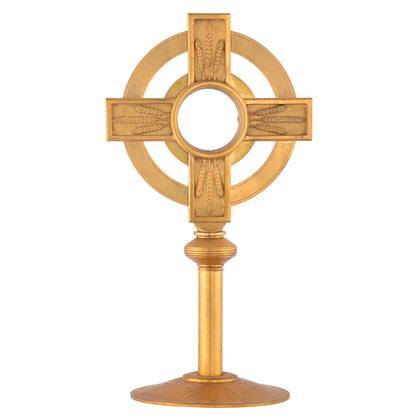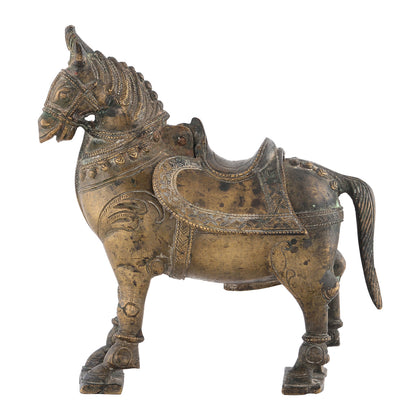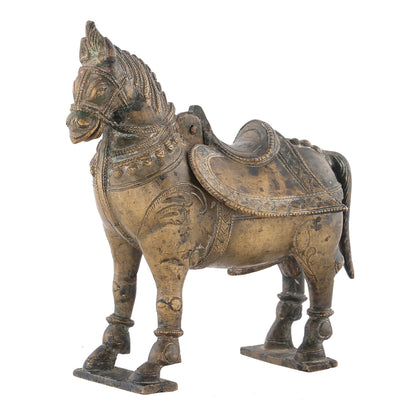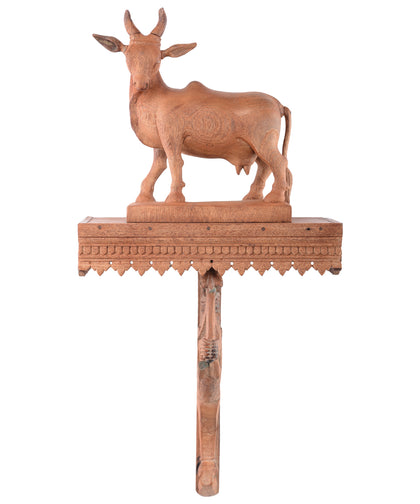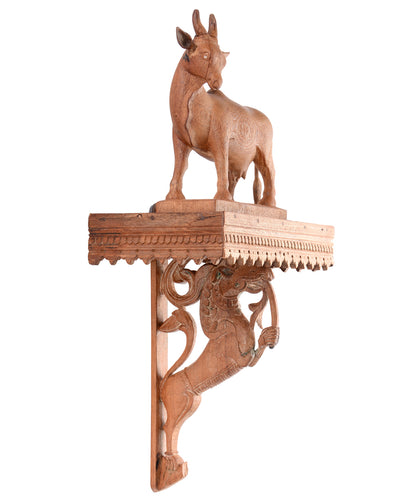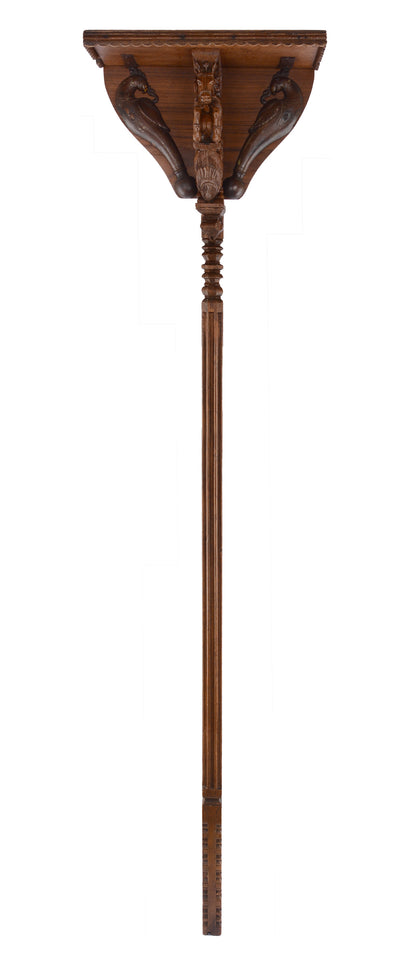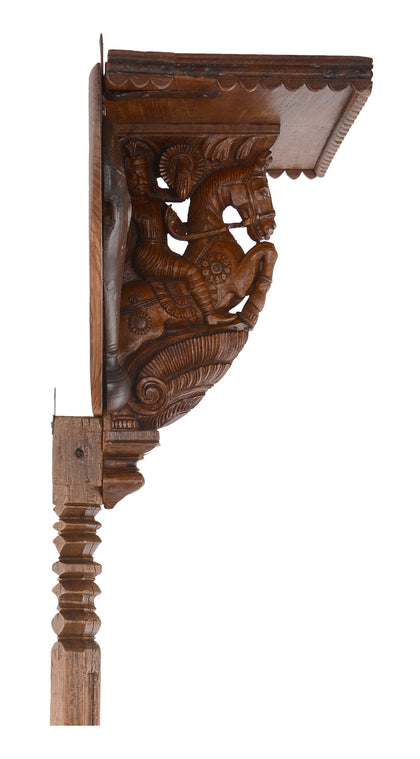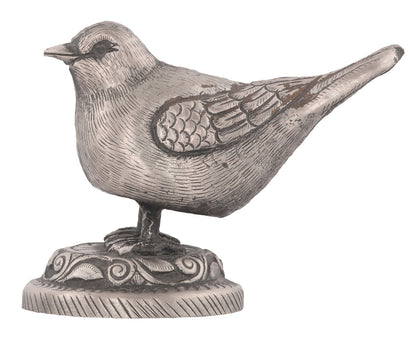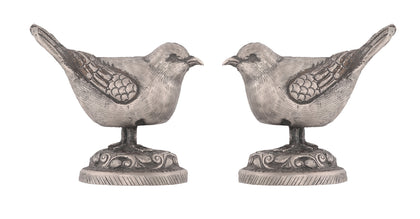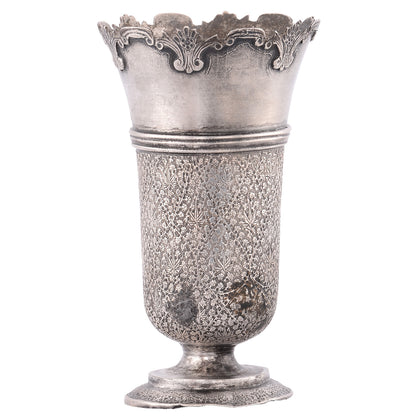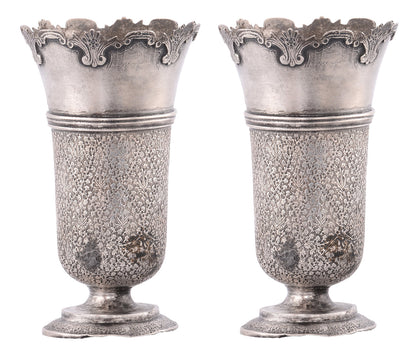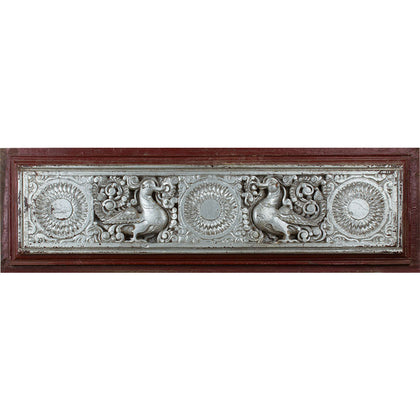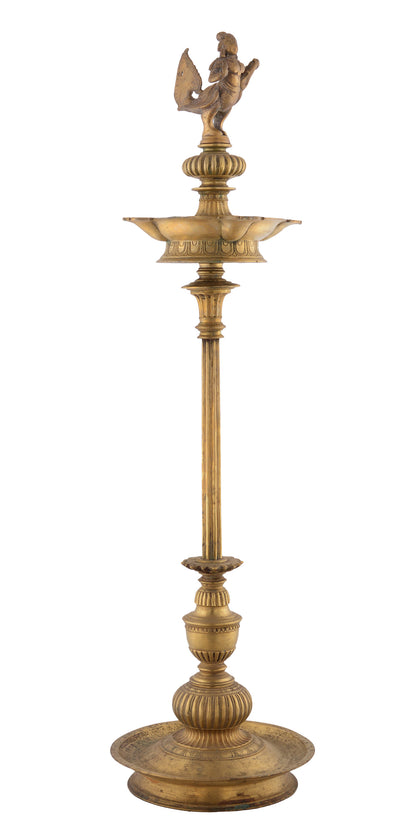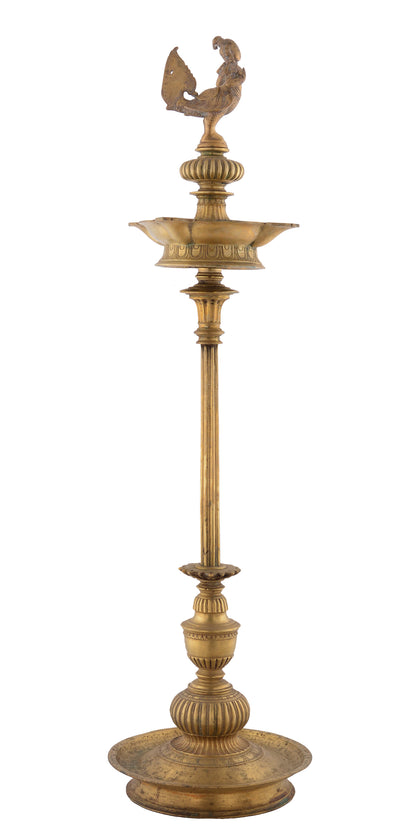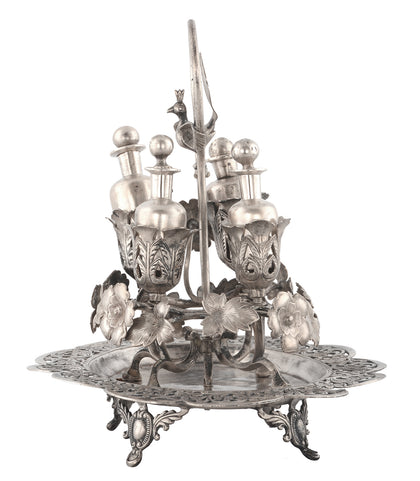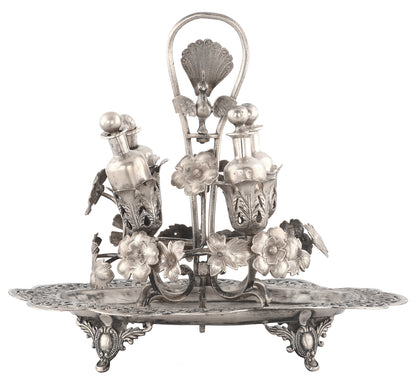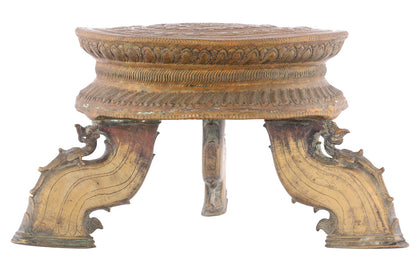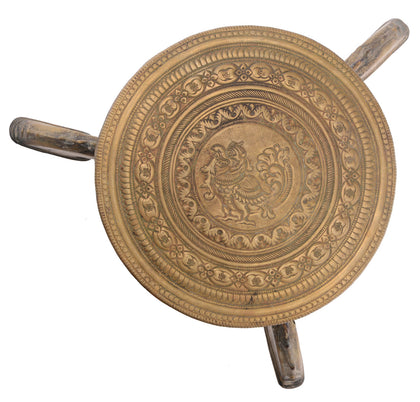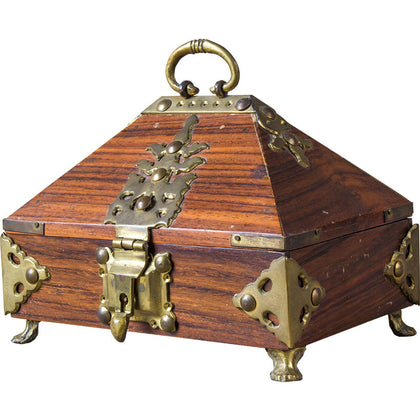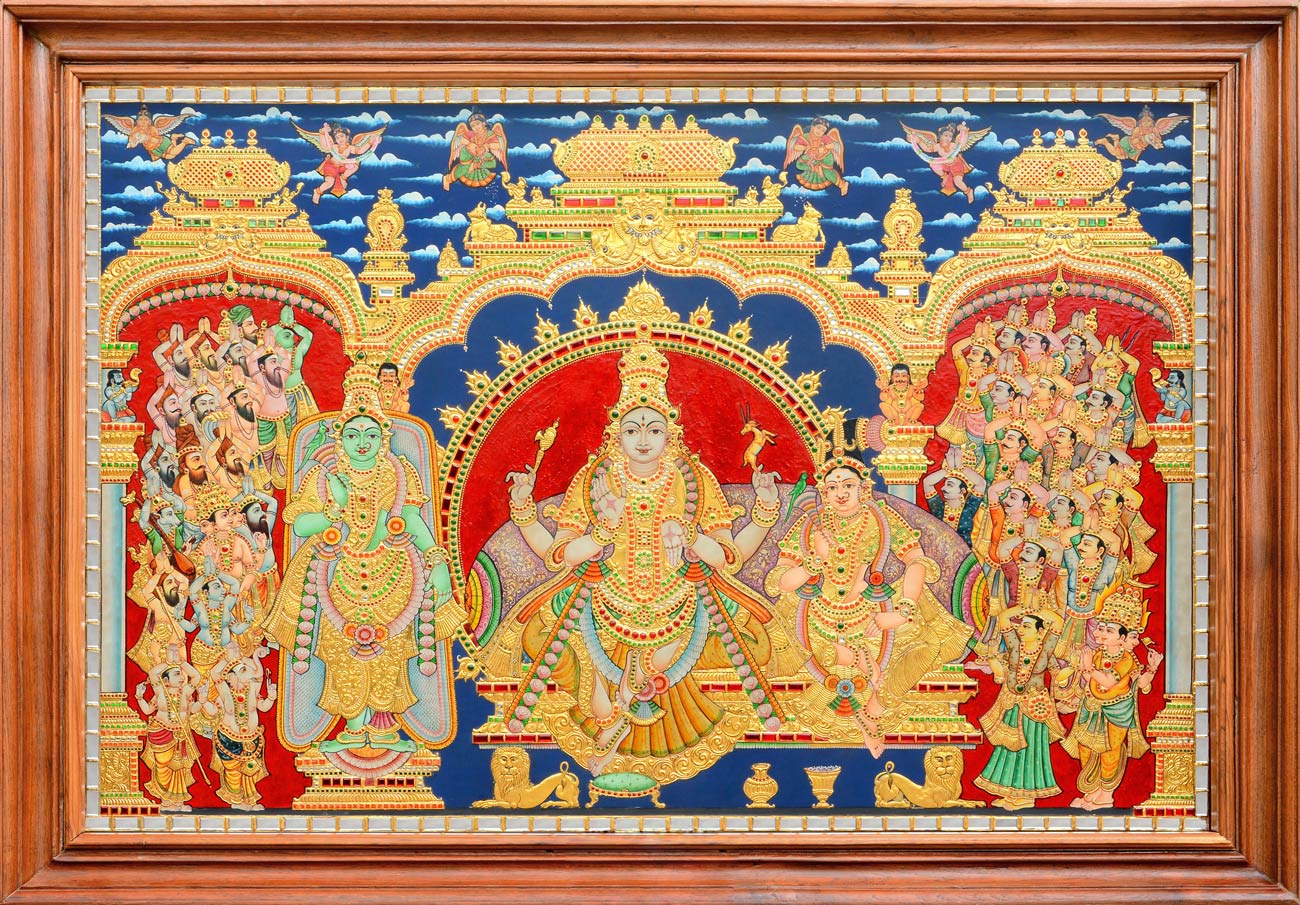Tanjore paintings or Thanjavur paintings are named after the city of Thanjavur in Tamil Nadu, India, where they developed as an artform. As early as the 1600s, the city of Thanjavur, under the leadership of the Nayakas, served as the cultural capital for several kingdoms that ruled South India, actively encouraging painting, music, dance and literature. The unique style of Thanjavur or Tanjore painting as known today, is known to have flourished in the Maratha court of Thanjavur between the 17th and 19th centuries. King Serfoji II played a particularly significant role in developing this artform.
Tanjore paintings are characterized by well-rounded, pristine-looking deities painted in vivid colours. The ornaments, arches and sometimes even the deities are adorned in luxurious gold foil, inlaid with glass beads, and sometimes precious and semi-precious gems. The harmony between classic deep-toned colours and the jewel stones dipping into the lush gold foil, stages a grand ambience in the artworks. Apart from the gold leaf technique, Tanjore paintings are also famous for their unique gesso work. Gesso work is masterfully done to elevate the main characters and bordering arches from the surface, that gives a captivating three-dimensional depth to some Tanjore paintings.
Also known as palagai padam – meaning “picture on a wooden plank” – Tanjore paintings were originally completed on boards made from jackfruit or teak wood. Artists used vegetable and mineral dyes for the vibrant depictions of Hindu gods and goddesses. Over time, with rapid commercialisation of Tanjore paintings, plywood began to replace jackfruit and teak wood, while chemical paints took over the rich and dense natural colours. Bal Krishna, Lord Rama and Goddess Lakshmi are common subjects in Tanjore paintings, amongst others. Although extremely rare, some Tanjores also depict cultural personalities and occasionally, those from politics.
Finely curated, premium Tanjore paintings that breathe life into its true historical craftsmanship, have now become scarce. In their time-honoured technique and timeless depictions of mythological deities, authentic Tanjore paintings forward the legacy of Indian heritage across generations.

















































































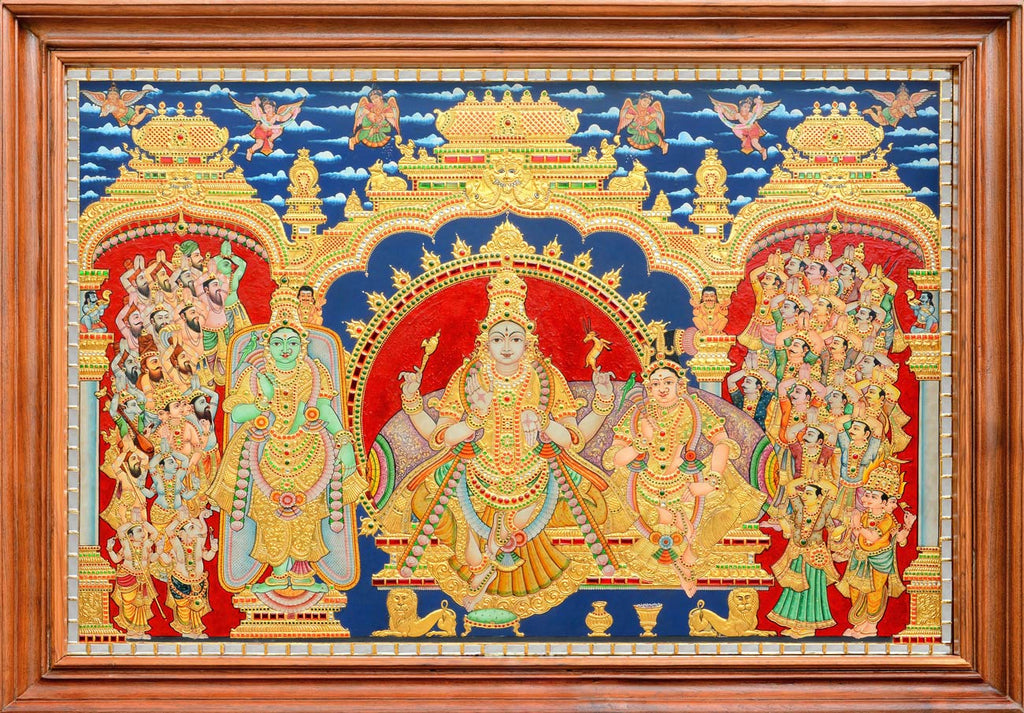
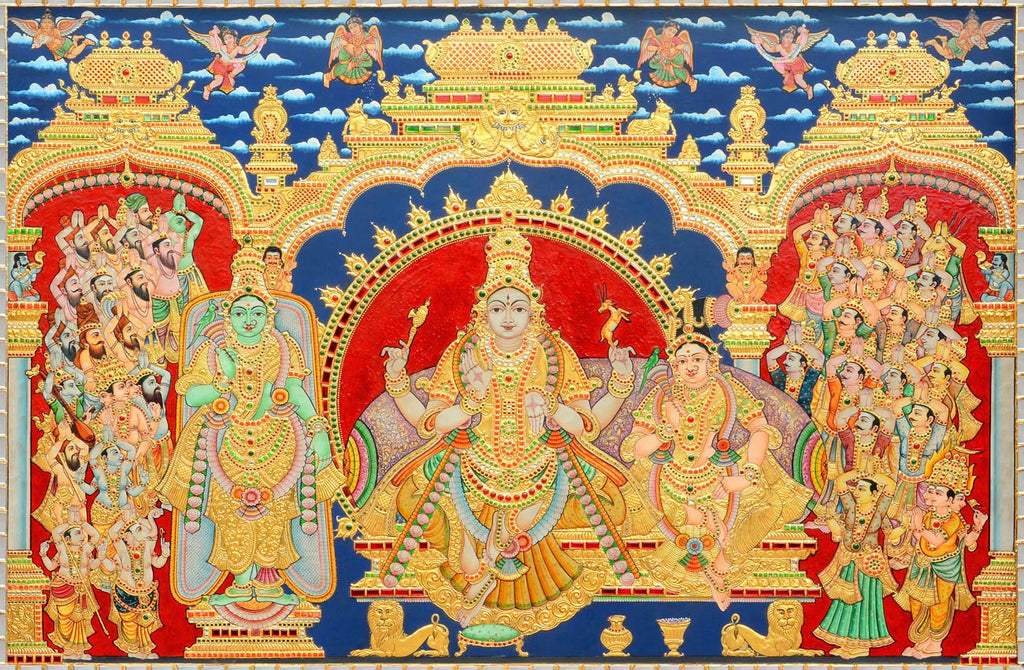
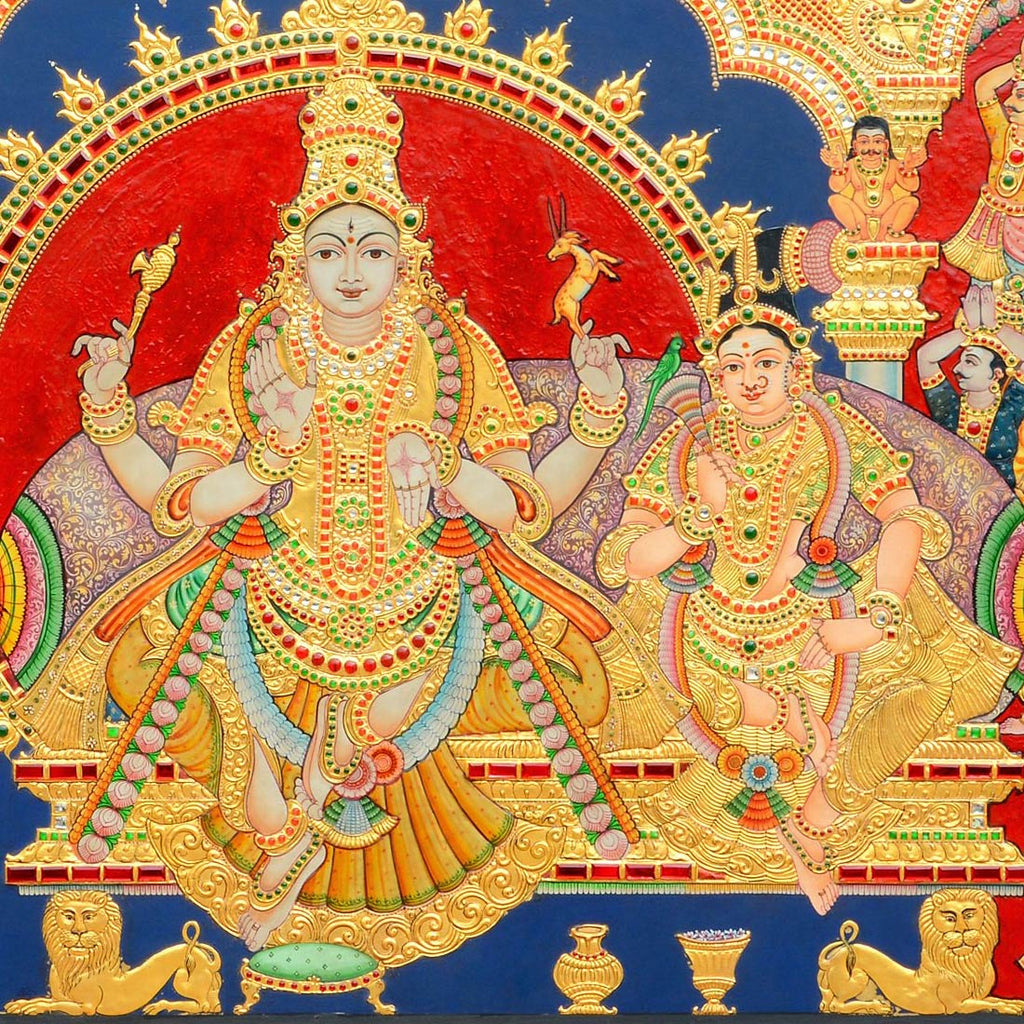
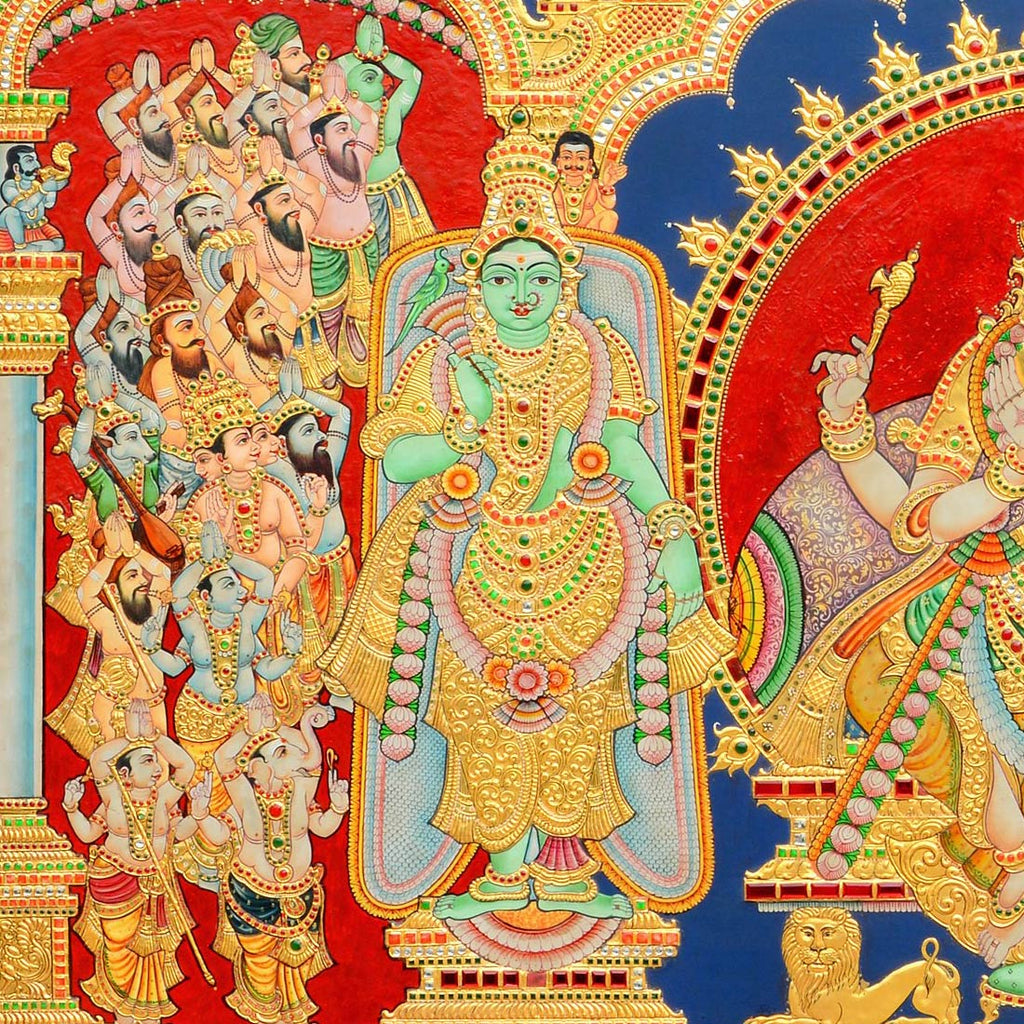
 View Full Screen
View Full Screen
